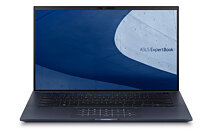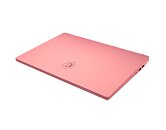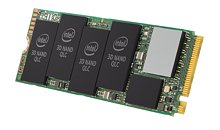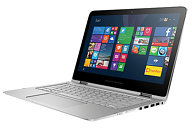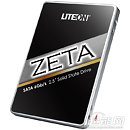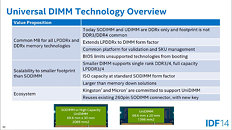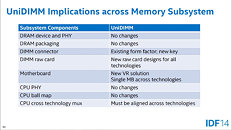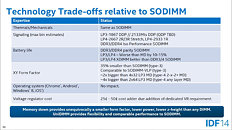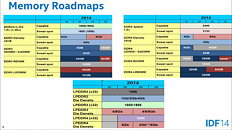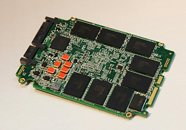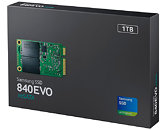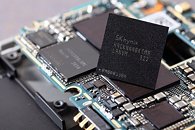
ASUS Also Launches ExpertBook B9450 Laptop for Business Professionals
ASUS today announced the launch of the ExpertBook B9450 laptop, the latest ASUS ExpertBook for business professionals that provides unmatched performance, durability and design within an incredibly thin and light form factor weighing in at just 2.2 lb with a 0.59 inch thin profile. The new ExpertBook-series laptops maintain a professional and reliable personality while incorporating innovation and flexibility in order to meet the requirements of modern businesses.
Designed for business professionals on-the-go, the ExpertBook B9450 delivers top-tier performance thanks to up to an 10th Gen Intel Core i7 processor, dual-storage design with two ultrafast 1 TB PCIe 3.0 x4 SSDs, and up to 16 GB of RAM and Wi-Fi 6 (802.11ax) connectivity. Expect uninterrupted performance on the B9450 with long-lasting battery life delivering up to an impressive 24 hours of use on a single charge, with extra comfort features like the ErgoLift hinge, built-in voice assistant support, and a Harman Kardon-optimized audio system.
Designed for business professionals on-the-go, the ExpertBook B9450 delivers top-tier performance thanks to up to an 10th Gen Intel Core i7 processor, dual-storage design with two ultrafast 1 TB PCIe 3.0 x4 SSDs, and up to 16 GB of RAM and Wi-Fi 6 (802.11ax) connectivity. Expect uninterrupted performance on the B9450 with long-lasting battery life delivering up to an impressive 24 hours of use on a single charge, with extra comfort features like the ErgoLift hinge, built-in voice assistant support, and a Harman Kardon-optimized audio system.
